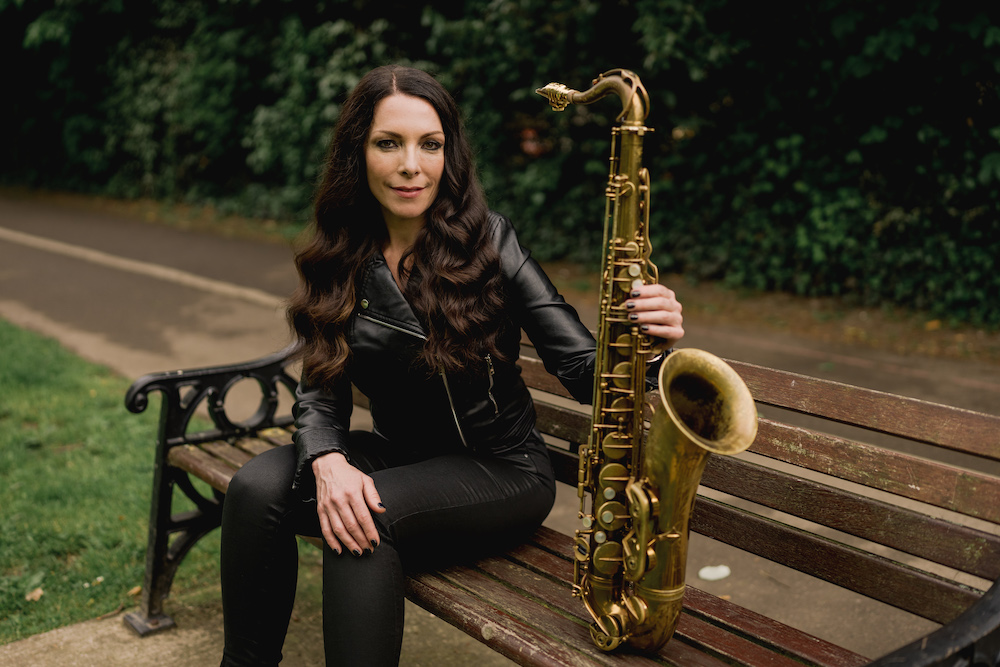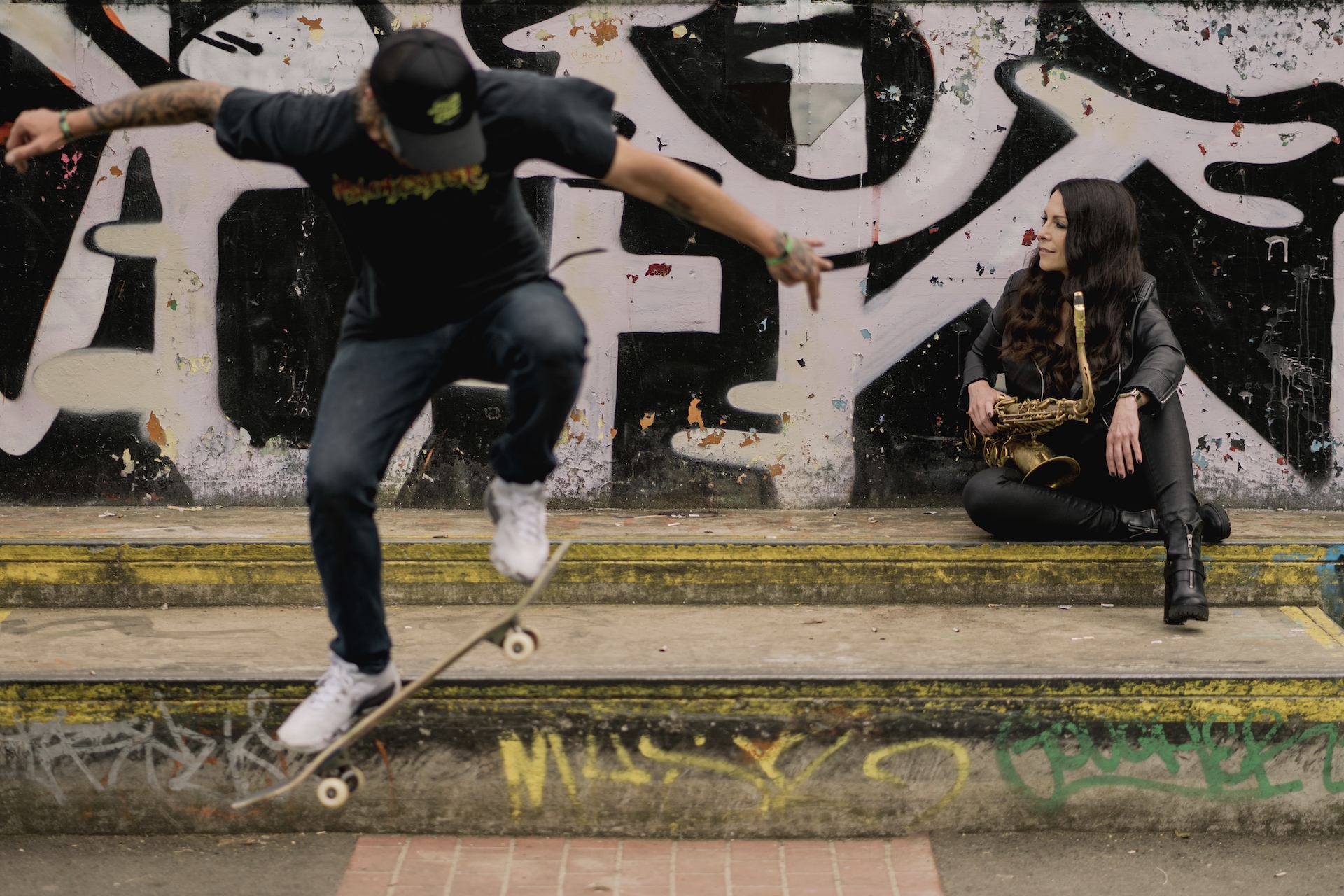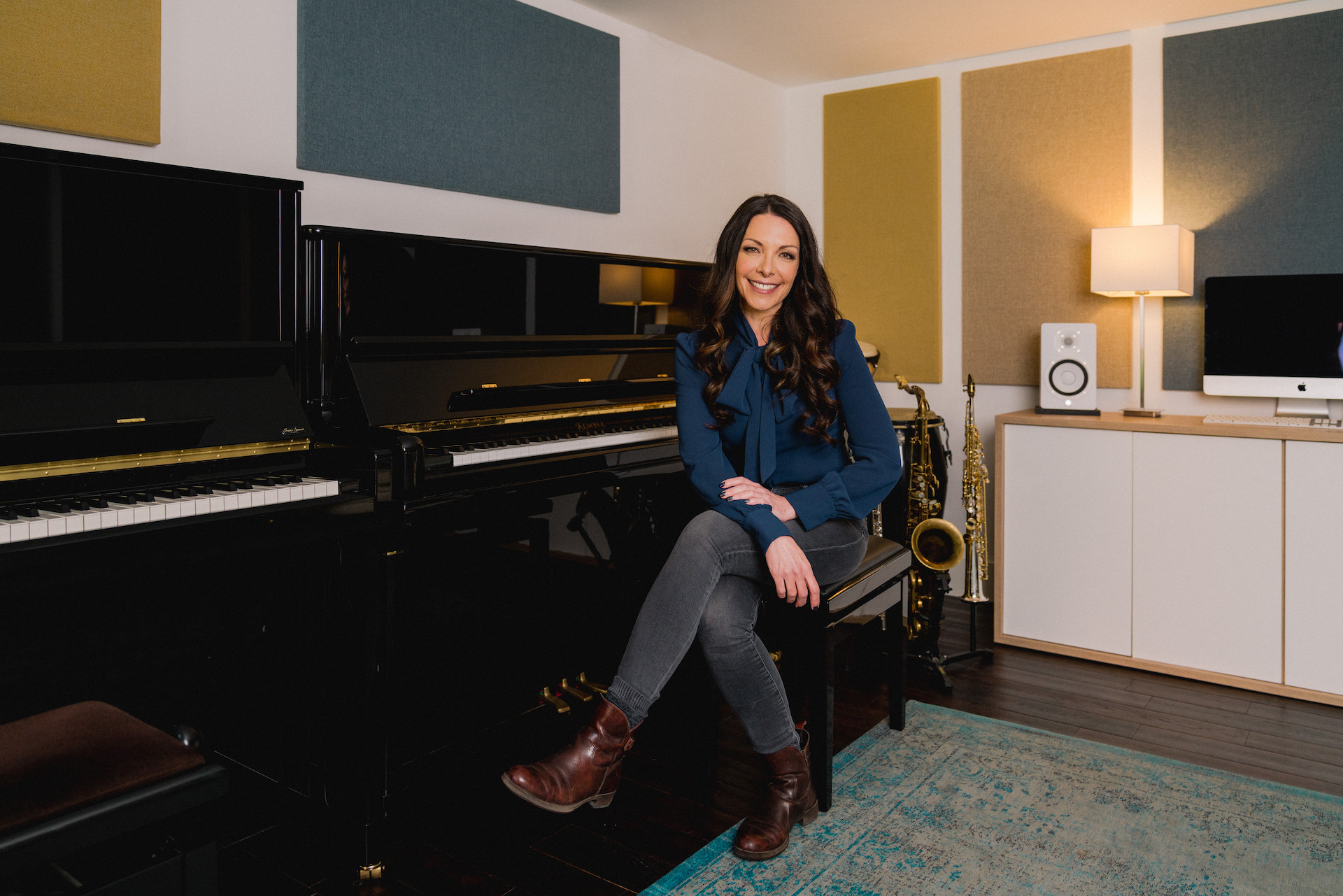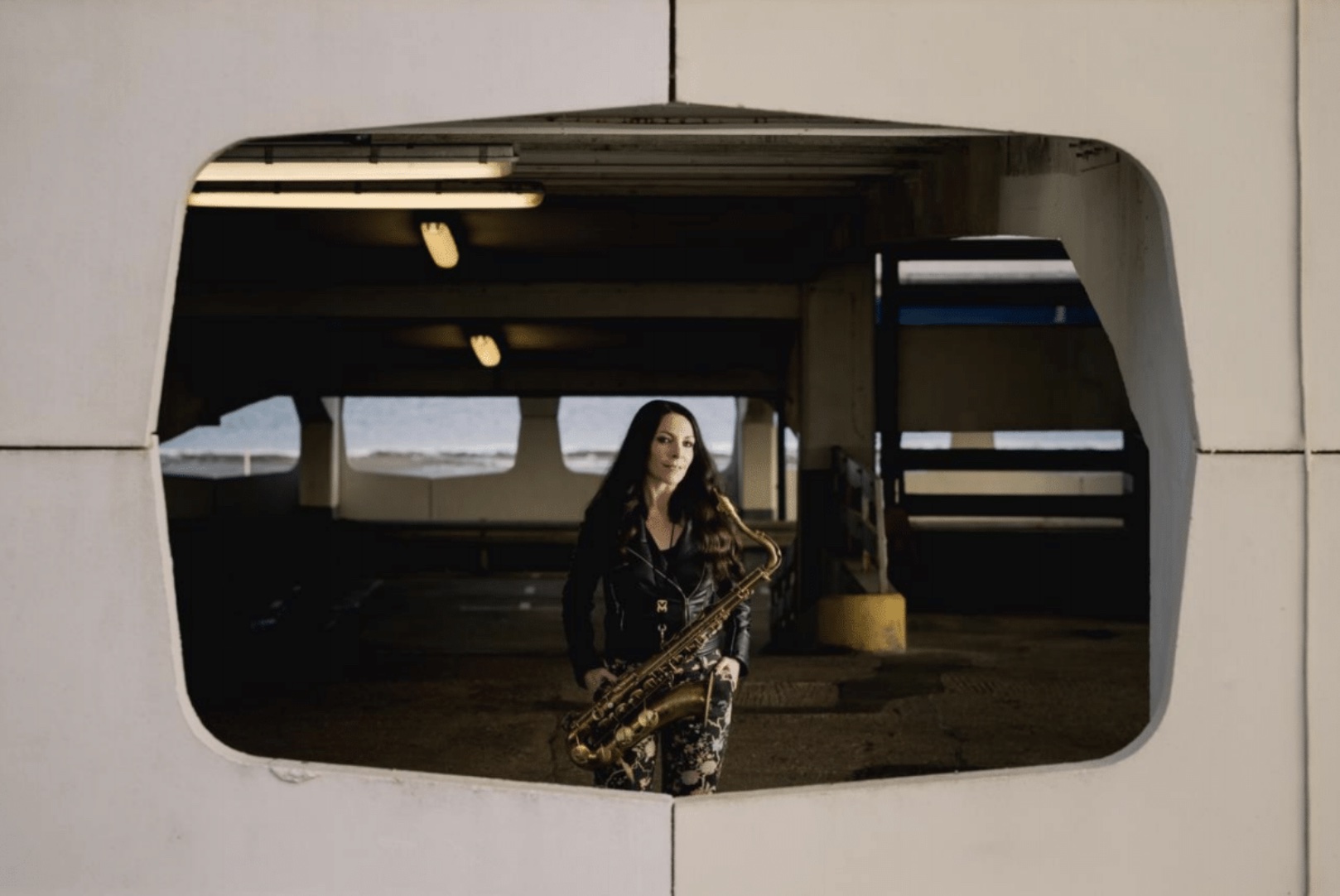Wilhelm Kempf once said, “Music is not a profession but a mission.”
If this is so — and I think many musicians would say it is — that mission is carried out on multiple fronts. There is the technical side, learning how it is you take an instrument and use it to create pleasing sounds. There is also the interpretive side, learning how to read the dots and lines of sheet music, getting it to speak something as if for the first time.
But there is also the body. It is through the body that a musician is able to do all of this. It is here that all the work and training is synthesised to produce the ordered sounds that have the power to make people think and feel. The body is your ultimate resource as a musician. Without physical health, you can’t play at your full potential, if you can play at all.
As musicians, we struggle to turn symbols on paper and an otherwise silent object into an act of communication, sometimes even of communion. We practise for hours and play for hours more. We sweat and strain, and through all that we experience moments of transcendence on stage in front of an audience and in tiny rooms all alone.
It is the body that does all of this. And, at a certain point, it is the body that pays the price for it.
The Physical Toll of Music

For instrumental musicians, the physicality of making music is universal. And yet, it is one of the least discussed aspects of what we do. And yet there is a long list of potential ailments that come with the territory.
Playing music is a frenzy of neuro-muscular coordination, repetitive movement, flexing, and exertion. If you play frequently, which is a must for professionals, you can end up subjecting your body to extreme levels of fatigue.
The most common outcomes for long term play are carpal tunnel syndrome and tendonitis, both caused by repetitive motion. There is also trigger finger (stenosing tenosynovitis), where inflammation around tendons in the finger lock it into place.
Thoracic outlet syndrome is especially common among violinists and violists — caused by nerves between the collarbone and first rib compressing, leading to aching, discoloration, and numbness in the hand.
For musicians who have to keep their elbow bent frequently, they can develop cubital tunnel syndrome, creating tingling in the elbow when bent.
Each instrument presents the musicians with their own difficulties. But ultimately, they all require some asymmetric use of the body and particular forms of strain. When this happens over and over again for long periods of time, the body is forced to react.
Playing a specific instrument also leads to build up of particular muscles that the body just isn’t made for. That can mean nerve traction or compression. Those conditions often lead to sensory deficit, muscular weakness, and atrophy. You can also get coordination problems, jaw dislocation, joint instability, arthritis, swelling, and inflammation. Any number of those can exacerbate and/or cause anxiety and depressive symptoms — a destructive spiral.
Risk Factors
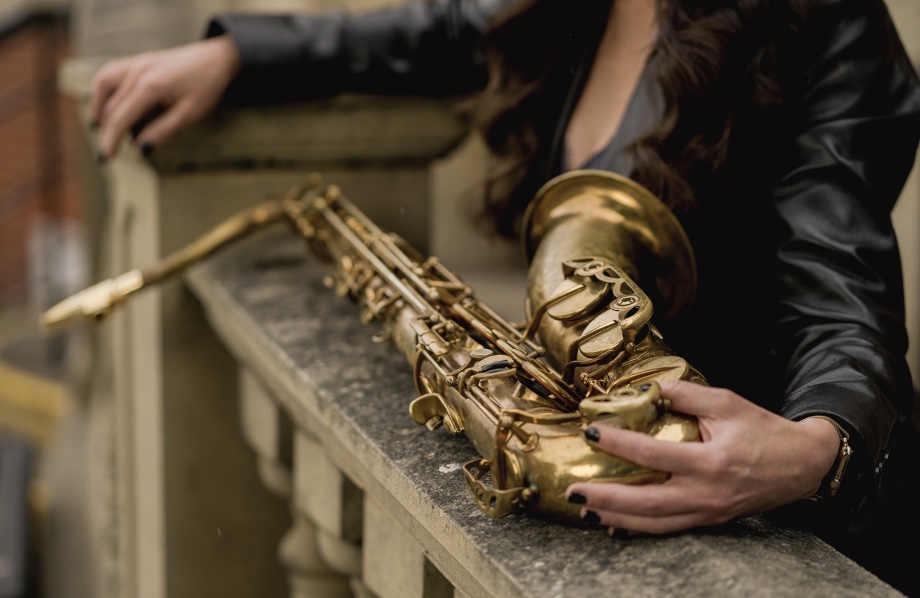
These risks are all inherent in the activity of playing music. The more music you play and the more intensely you play it, chances are the more likely you’ll end up with some kind of injury.
But there are other factors that can make things worse.
The actual shape and size of your instrument is a major contributor. Also, if your instrument is one handed or one-sided. If playing requires a great deal of physical effort and stamina, that can add to the problems caused by long and intense rehearsals and sessions.
That’s not to mention any issues you are predisposed to, be they congenital problems, preexisting physiological issues, etcetera.
Environmental conditions are also a major contributor. Poor lighting, chair slope, bad ergonomics, and certain conditions on-stage all play a part.
If you are a touring musician, the stresses of road life also rear their ugly head. Not sleeping enough, eating unhealthy meals, and dealing with the problems that come up during travel can make any condition you’ve developed worse.
And because we often take a “show must go on” attitude, we can be our own worst enemy. Minor issues can turn into something major when we ignore warning signs rather than take a proactive stance.
In the long run, the more you’ve been injured, the more likely you are to repeat that injury. This is especially true if it is due to playing your instrument a certain way. The ultimate risk factor ends up being repeatedly playing in a way that hurts.
Pain Isn’t Mandatory

All of this paints a very bleak picture. It seems like a miracle that any musician can actually make it out alive.
But with the right approach, you can manage any issues that come up. You can take steps to prevent injury and limit the extent of an injury if one should arise.
For instance, when I’m touring, I bring things with me to make sure any stage is a comfortable place for me to play. I use memory foam wedges and cushions to make sure good posture is easy and comfortable. I make sure my heel height is right for the situation, and I always carry chair height risers to get everything just right.
Instead of expecting every stage to fit me, I bring materials to help me fit the stage. It’s a mindset I developed the hard way, and it’s saved me time and time again.
By preventing injuries in the first place, I’m able to play and tour longer. It reduces the stress of performing and the overall toll of a tour. Plus, it allows me to play at my best.
These measures make playing music an act of joy — not a fight with my instrument where I end up bruised and sore at the end of the bout.
Taking responsibility for your own well being is a great first step. But sometimes you end up injured anyway. For most people, that would mean taking a trip to the doctor. But not for musicians! It seems many of us simply don’t seek out treatment.
That’s in part because many doctors don’t really understand the issues we face. This leads to negative experiences, forcing musicians to shrug their shoulders and think there really isn’t any help.
But there is.
By combining helpful tips from fellow musicians, good medical information from doctors who understand what we face, and complementary medical practitioners who can round out our well being, any musician can get themselves on track.
Choosing the Right Medical Practitioner

If your instrument was in need of repair, you’d seek out the right professional to get it sounding good again. Well, your body is your first instrument, and when it is in pain, you need to seek out the right person to get it back in top shape.
The key is to go before a problem becomes chronic. Although doctors can do a lot for you, a chronic condition will always be harder to overcome than something new. And if you find a good doctor, they can also help you understand preventative measures you can take before you get injured again. As with everything else in life, an ounce of prevention is worth a pound of cure.
To find a good medical practitioner, a great place to start is the British Association for Performing Arts Medicine. You should also ask fellow musicians for a referral. They might know a good doctor or complementary medical professional who can help.
The key is finding someone who understands the unique set of conditions that strenuous playing can cause. It’s worth taking a bit of time to find someone who gets the situation.
When you are prescribed a course of treatment, it’s always important to stick to it exactly. Following the guidance will always provide a better outcome than only half doing it or doing it aggressively to get results faster. In healing, there are often limits to what you can expect from your body.
If you feel that the medical practitioner you chose just didn’t get it right, you can always seek out a second opinion. But again, this is really only valuable if you already followed the advice you received first.
Long Term Strategies

Apart from seeking out professional advice, there are also long term things you can do to make sure that you limit the damage you do to your body.
Athletes, even at most amateur levels, are surrounded by coaches and physiotherapists, as well as plenty of options for sports medicine. But musicians typically don’t have this level of support, so you’ll need to do much of this yourself.
The first concept to be aware of is fitness to play. Basically, this is a focus on knowing whether or not you are actually in a condition to play a specific instrument at any given time.
Often, the reason we pick the instrument we end up playing is based solely on luck. Maybe a family heirloom piano was found in an attic, maybe the school orchestra was short on french horn players, or maybe the music teacher across the street only taught violin. For many of us, we didn’t get a chance to seek out the best instrument for our bodies.
Before you get a chance to, you’ve fallen in love with playing. Maybe you’ve gone from lots of rehearsal to a full professional schedule, with hours of playing everyday and extensive travel.
While most bodies can play most instruments in a safe way in the long term (with the right habits), it’s worth seeing how your body interacts with your instrument of choice.
Take notice of the ways your body gets sore while playing for long periods, and make sure to stretch and care for these parts. Also, make sure to take pain seriously and act on solutions as fast as you can.
When you feel pain from playing, remember that it isn’t being “weak” to seek help and it helps no one to “play through the pain.”
If you don’t have these habits yet, don’t worry they will grow in time. You most likely were never taught to think about your body this way as a musician. Even most conservatories lack education on these issues..
The Norwegian University of Science and Technology is beginning to change this. Their program now includes a preliminary student assessment, effective practice habit building, and basic training in self-observation and self-knowledge. There’s even built in quiet time.
It’s up to you to do this for yourself.
The Alexander Technique and Feldenkrais Method

In the UK the Alexander Technique and Feldenkrais Method are far and away the most common preventative strategies used by musicians. They reduce tension and increase awareness of how our bodies can do things with minimum effort.
It begins with learning how to navigate the relationship between different parts of the body, training activation of the best movements through reflex. They are both powerful methods for ingraining doing things the right way.
You can begin body awareness exercises right now. Brush your teeth with your non-dominant hand. Cross your legs the opposite way. These tiny acts can get your brain more engaged with your movements. You’ll also be able to pick up on where your body holds tension while you do this.
And naturally, you can learn how to bring this same body awareness with you while you play your instrument.
Seek out and learn these methods and you’ll be on a great path to playing in a way that eliminates the risk of long term, chronic pain.
Bringing It Together
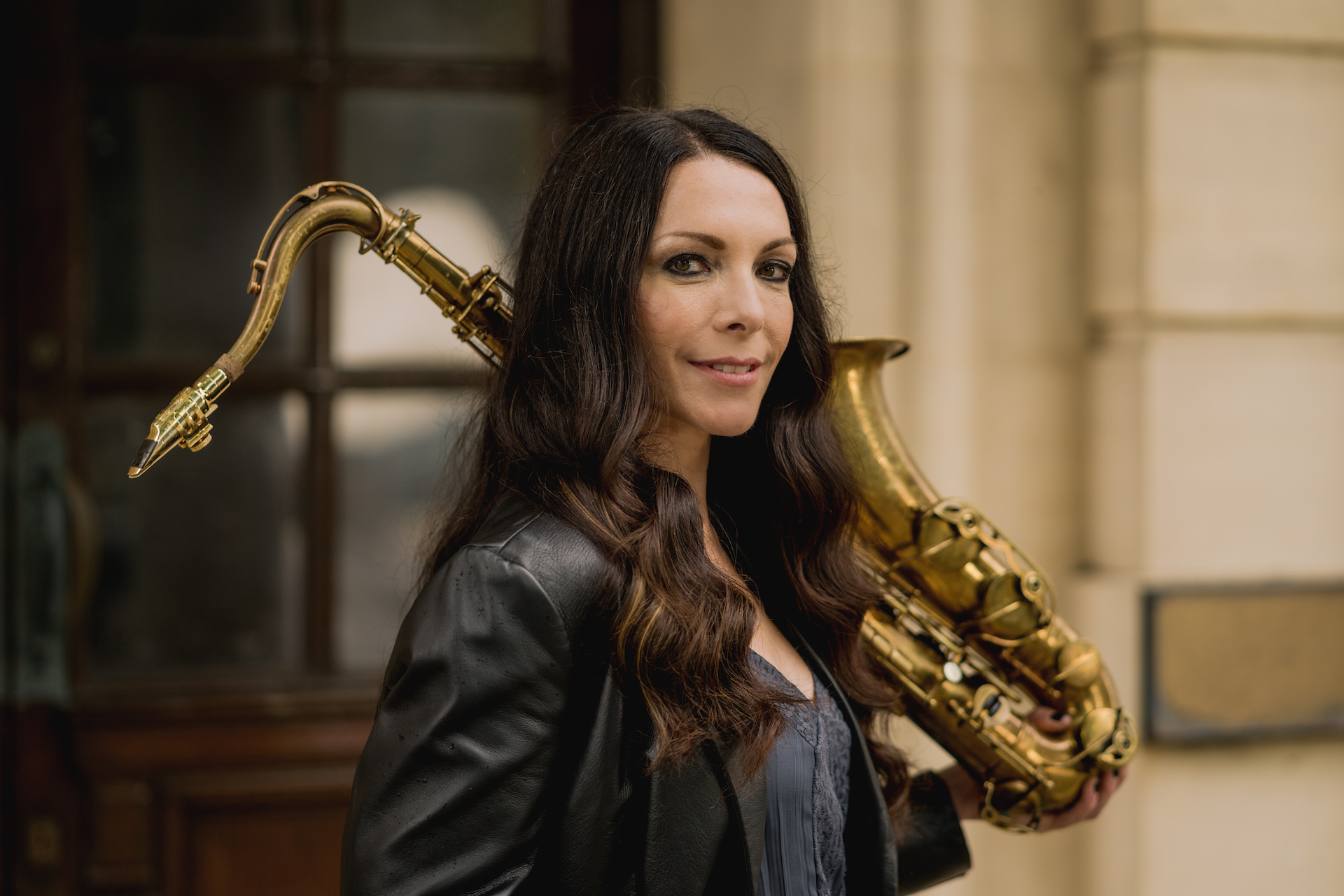
Physical pain from playing is one of the least discussed topics among musicians. And yet, turning a blind eye to it can lead to undesirable outcomes — even forcing you to set aside music forever.
But taking the right precautions, seeking medical advice, and learning how to be aware of your body are all effective ways to prevent this.
You are in control. And with a proactive approach, you’ll be able to keep on your mission of playing music for years to come.


